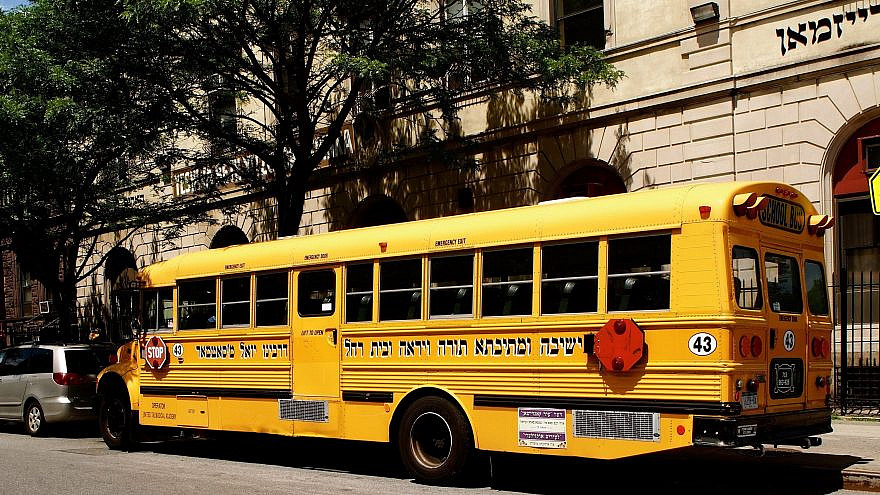A late December 2022 New York Times article about Chassidic schools reaping a special-education funding “windfall” is “a plausible and powerful story, but almost every detail of it withers under scrutiny.” That’s according to a May 3 article in the Daily Signal.
According to the article, the Times granted anonymity to a mother, “on the grounds that ‘openly criticizing Hasidic leaders can lead to being shunned by family and friends,’ ” without disclosing that the same woman has left the Chassidic community “and openly criticized it in the pages of the Times, both with an opinion essay and as the lead example in a story published three weeks earlier.”
That mother also directs an organization that criticizes Chassidic schools, which the Times did not disclose, according to the Daily Signal.
In one of several other examples in the article, the Times reportedly contacted a yeshivah on Thursday afternoon before Christmas asking for comment from the school on its number of students with disabilities increasing from 12% to 59%. It gave the school until 9 a.m. on Monday, Dec. 26, to comment.
“This made it impossible for the school to contact the Department of Education, which was closed, to try to understand how a third party could review their data and arrive at that statistic,” per the Daily Signal. Although the school says it told the times the correct number is 18%, the Times reported 59%, noting only that the school disputed it, according to the Daily Signal.
In an extensive issue brief published in March, Ray Domanico, senior fellow and education policy director at the Manhattan Institute, also cited errors in Times’ reporting on Orthodox Jewish schools.
“This description leaves out important details,” Domanico wrote about a Times piece on public funding of yeshivahs.
“According to the Times, a city-funded child-care voucher for low-income families provides about $50 million a year to yeshivas that describe the end of their school day as child care (the Times gives no context for whether other religious and private schools run after-school educational child-care classes with the vouchers),” writes Domanico.
“The report states that more than a third of the total program funds are allocated to Hasidic neighborhoods. Whether this is because Hasidic families are more aggressive in applying for these funds or whether there is a flaw in the way the city administers the program, we do not know,” he adds. “But at no point has it been argued that these families are receiving these funds inappropriately.”
To Domanico, who is not Jewish, the “core” of the debate is about “competing visions of the purpose of education.”
In all three yeshivahs that Domanico visited, the curricula “build on an almost 2,000-year tradition of learning that has sustained Jewish communities since the destruction of the Temple by the Romans and the attendant diaspora,” he wrote.
“Further, the school administrators I spoke with saw no conflict between religious and secular outcomes, even in the school that offers no secular instruction,” he added. “An administrator at one school stated that the purpose of his school was to produce graduates who could get good jobs and succeed in society. When a visitor asked about forming young adults who were moral and upstanding, the administrator’s answer was along the lines of ‘Well, of course, that goes without saying.’ ”


























